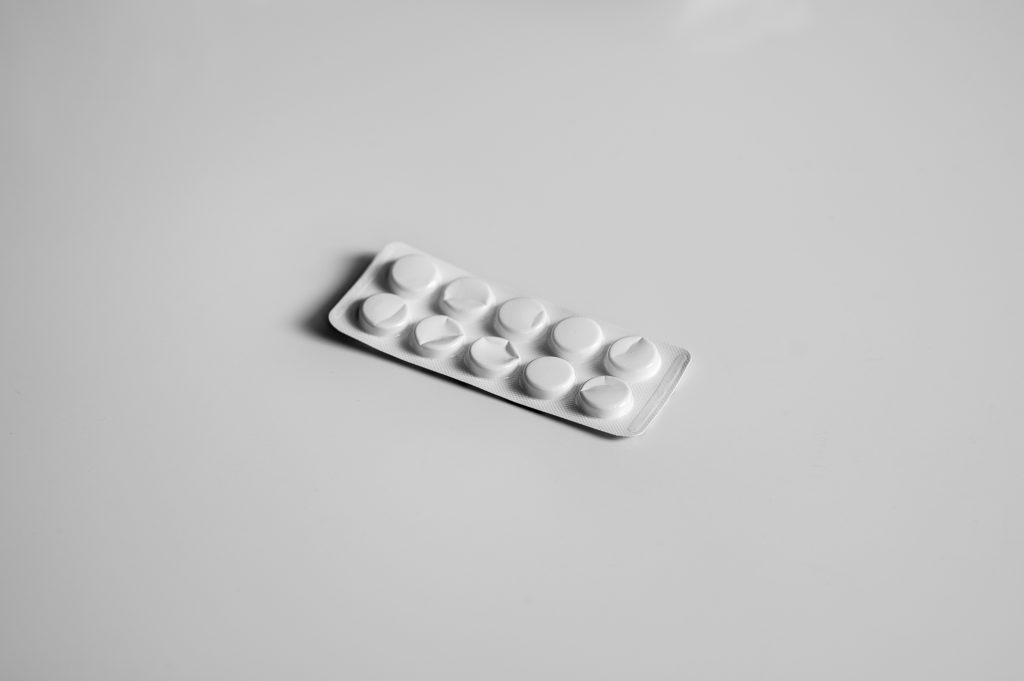
Understanding Male Pattern Baldness
Male pattern baldness, also known as androgenetic alopecia, is the most common form of hair loss in men. It affects approximately 50 million men in the United States alone. This condition is primarily driven by genetics and hormones, particularly dihydrotestosterone (DHT), a derivative of the male hormone testosterone.
The Hormonal Pathway and Its Impact on Hair Follicles
Testosterone is converted into DHT by the enzyme 5-alpha reductase. DHT has a higher affinity for androgen receptors in hair follicle cells. When DHT binds to these receptors, it alters the hair growth cycle, leading to the miniaturization of hair follicles. This results in shorter and finer hair until, eventually, hair growth stops altogether.
Nutritional Influences on Hormone Levels
Diet plays a crucial role in managing hormone levels, including testosterone and DHT. Certain nutrients can help inhibit the conversion of testosterone to DHT, thus potentially slowing the progression of male pattern baldness.
- Zinc: This mineral can act as a natural inhibitor of 5-alpha reductase. Foods rich in zinc include oysters, beef, spinach, and pumpkin seeds.
- Vitamin B6: Vitamin B6 helps regulate hormones. It’s found in chicken, turkey, tuna, and whole grains.
- Omega-3 fatty acids: These fats reduce inflammation and are found in fish like salmon and mackerel, as well as in flaxseeds and walnuts.
Lifestyle Modifications to Support Hair Health
Adopting a healthy lifestyle can also contribute to maintaining hair health and potentially delaying the onset of male pattern baldness.
- Regular exercise: Exercise can help to maintain healthy levels of testosterone and improve blood circulation, delivering more nutrients and oxygen to the scalp.
- Stress management: Chronic stress can lead to telogen effluvium, a condition where hair is pushed into the resting phase and falls out. Techniques such as meditation, yoga, and regular physical activity can help manage stress.
- Adequate sleep: Sleep is crucial for hormone production, including hormones that influence hair growth.
Medical Treatments for Male Pattern Baldness
Several FDA-approved treatments can help manage male pattern baldness by targeting hormonal pathways:
- Finasteride: This prescription medication inhibits the activity of 5-alpha reductase, reducing DHT levels and slowing hair loss.
- Minoxidil: Available over the counter, it doesn’t affect DHT levels but promotes hair growth by increasing blood flow to the scalp.
- Hair transplantation: This surgical technique involves moving hair follicles from the back of the scalp to the balding areas.
Conclusion
Male pattern baldness is a complex condition influenced by hormones, particularly DHT. While genetics play a significant role, strategies involving nutrition, lifestyle changes, and medical treatments can help manage hair loss. By understanding the hormonal pathways involved and adopting a holistic approach to health, men can better combat the effects of male pattern baldness and promote overall well-being.
